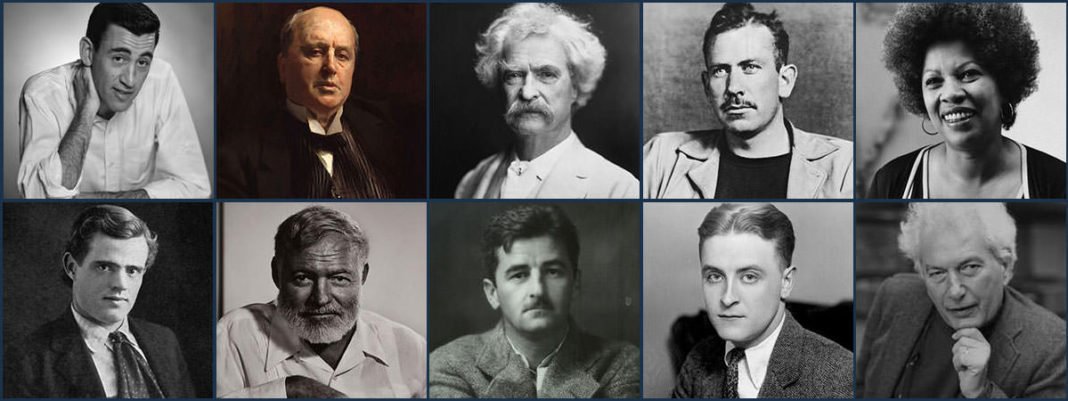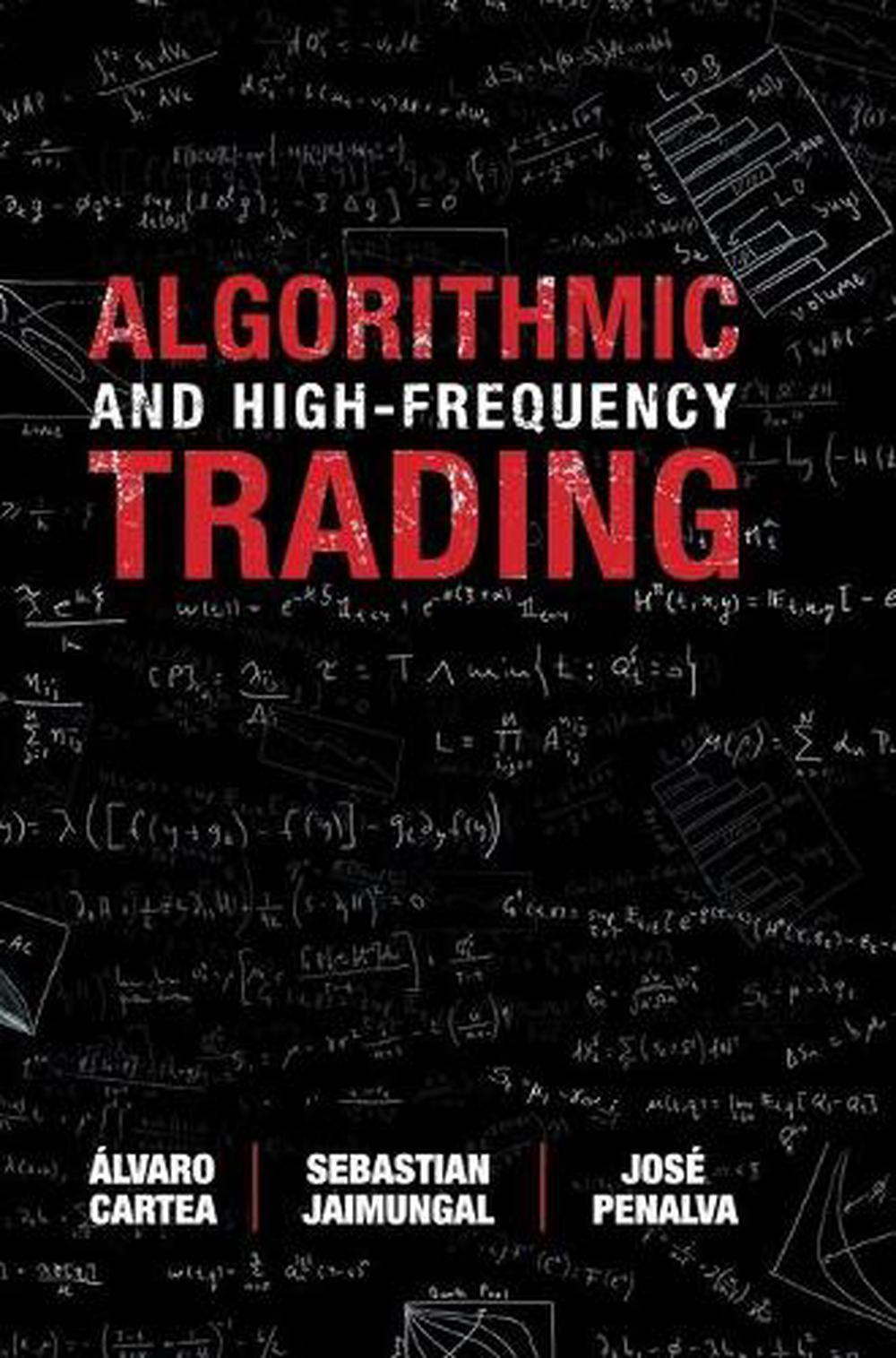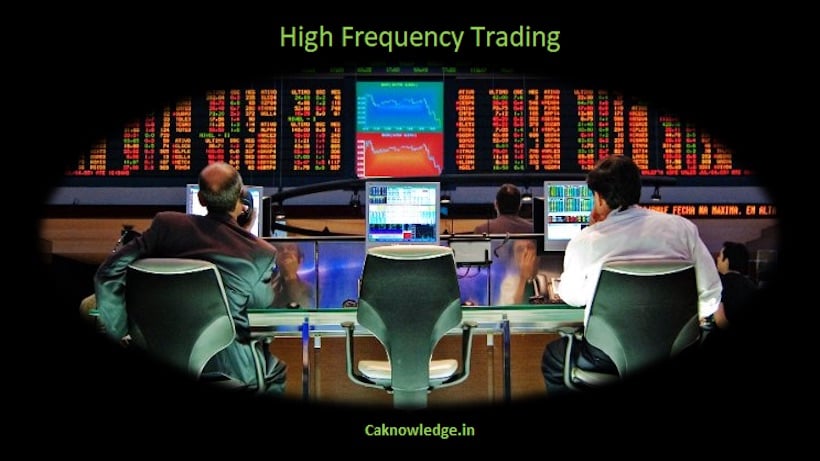Unlocking the Secrets of Algorithmic Trading
In the rapidly evolving landscape of finance, high frequency trading has emerged as a dominant force, with its popularity continuing to grow among traders and investors. This surge in interest is driven by the potential for high frequency trading to generate significant profits, making it an attractive option for those looking to capitalize on market opportunities. As the demand for high frequency trading strategies and insights increases, so does the need for informative resources that can provide traders with the knowledge and expertise required to succeed. This is where books on high frequency trading come into play, offering a wealth of information and guidance for traders looking to stay ahead of the curve.
How to Choose the Right High Frequency Trading Book for Your Needs
With the vast array of books on high frequency trading available, selecting the right one can be a daunting task. To ensure that you’re getting the most out of your reading experience, it’s essential to consider several key factors when choosing a high frequency trading book. First and foremost, look for authors with a strong background in high frequency trading, as their expertise and real-world experience can provide invaluable insights. Additionally, consider the book’s focus – is it geared towards beginners or experienced traders? Does it delve into specific aspects of high frequency trading, such as algorithmic trading or market making? Finally, assess the level of technical complexity – are you comfortable with advanced mathematical concepts or do you need a more introductory approach? By carefully evaluating these factors, you can find a high frequency trading book that meets your unique needs and helps you achieve your trading goals.
Top Picks: The Best Books on High Frequency Trading
When it comes to books on high frequency trading, there are several standout titles that offer valuable insights and strategies for traders. Here are a few top picks that are highly recommended: “Trading and Exchanges” by Larry Harris, a comprehensive guide to the inner workings of exchanges and trading systems; “High-Frequency Trading” by Irene Aldridge, a detailed exploration of the strategies and techniques used in high frequency trading; and “Algorithmic Trading and DMA” by Barry Johnson, a practical guide to developing and implementing algorithmic trading strategies. These books, written by experts in the field, provide a wealth of knowledge and expertise that can help traders improve their performance and stay ahead of the curve. Whether you’re a seasoned trader or just starting out, these top-rated books on high frequency trading are essential reading for anyone looking to capitalize on this lucrative trend.
Insights from the Experts: What Top Traders and Authors Have to Say
Renowned traders and authors in the high frequency trading space offer valuable insights into their approaches, strategies, and lessons learned. For instance, Irene Aldridge, author of “High-Frequency Trading”, notes that “high frequency trading is not just about speed, but about being able to adapt quickly to changing market conditions.” Similarly, Barry Johnson, author of “Algorithmic Trading and DMA”, emphasizes the importance of “developing a deep understanding of market microstructure and order flow dynamics” in order to succeed in high frequency trading. These expert insights, found in books on high frequency trading, can provide traders with a unique perspective on the market and help them refine their strategies. By learning from the experiences of top traders and authors, readers can gain a competitive edge in the high frequency trading arena.
From Theory to Practice: Applying High Frequency Trading Concepts
While books on high frequency trading provide valuable insights and strategies, it’s essential to put these concepts into practice to achieve success. Developing a trading plan is a crucial step in this process, as it helps traders define their goals, identify opportunities, and manage risk. Setting up a trading environment is also critical, as it enables traders to execute their strategies efficiently and effectively. This includes selecting the right trading platforms, data feeds, and programming languages to support high frequency trading activities. Additionally, managing risk is a key aspect of high frequency trading, as it involves identifying and mitigating potential losses. By applying the concepts and strategies discussed in books on high frequency trading, traders can refine their skills, improve their performance, and stay ahead of the competition.
The Role of Technology in High Frequency Trading
Technology plays a critical role in high frequency trading, as it enables traders to execute trades at incredibly fast speeds and respond to market changes in real-time. Programming languages such as Java, C++, and Python are commonly used to develop high frequency trading algorithms, while data feeds from reputable providers like Thomson Reuters and Bloomberg provide the necessary market data to inform trading decisions. Trading platforms like MetaTrader and TradeStation also play a key role, offering traders a range of tools and features to support their high frequency trading activities. By leveraging these technologies, traders can gain a competitive edge in the market and maximize their returns. As discussed in books on high frequency trading, the effective use of technology is essential for success in this field.
Staying Ahead of the Curve: The Future of High Frequency Trading
The high frequency trading landscape is constantly evolving, with new trends and technologies emerging all the time. One of the most significant developments in recent years is the increasing use of artificial intelligence and machine learning in high frequency trading strategies. These technologies enable traders to analyze vast amounts of data and make predictions about market movements, allowing for even faster and more accurate trading decisions. Additionally, regulatory changes such as the implementation of MiFID II in Europe are also having a significant impact on the high frequency trading industry, with many traders having to adapt to new rules and requirements. To stay ahead of the curve, it’s essential for traders to stay up-to-date with the latest developments and trends in high frequency trading, which is where books on high frequency trading can provide valuable insights and guidance. By understanding the future directions of high frequency trading, traders can position themselves for success and maximize their returns in this rapidly changing market.
Conclusion: Elevating Your Trading Game with the Right Books
In conclusion, mastering the art of high frequency trading requires a deep understanding of the concepts, strategies, and technologies involved. By reading books on high frequency trading, traders can gain valuable insights and knowledge from experienced professionals in the field. From understanding the role of technology to staying ahead of the curve with the latest trends and developments, these books provide a comprehensive guide to high frequency trading. By applying the concepts and strategies discussed in these books, traders can elevate their trading game and maximize their returns in this fast-paced and competitive market. Whether you’re a seasoned trader or just starting out, books on high frequency trading are an essential resource for anyone looking to succeed in this exciting and rewarding field.








